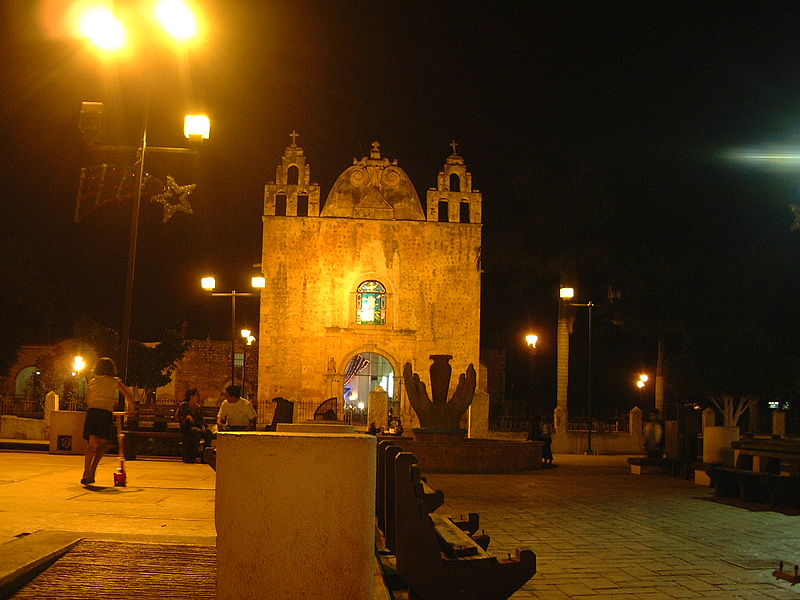Ticul Municipality

Facts and practical information
Located in the Yucatán region of Mexico, Ticul Municipality offers a unique blend of natural beauty, cultural heritage, and historical significance. This charming town is famous for its traditional Mayan crafts, including pottery and embroidery, which are sold in local markets and shops. Visitors can immerse themselves in the rich traditions of the region by exploring the colorful streets and interacting with the friendly locals.
One of the main attractions in Ticul Municipality is the Cenote Noc-Ac, a stunning natural sinkhole that is perfect for a refreshing swim or a peaceful picnic. Surrounded by lush vegetation and crystal-clear waters, this cenote provides an idyllic setting for relaxation and exploration. Additionally, the nearby Grutas de Loltún, a series of ancient caves adorned with prehistoric rock art, offers a fascinating glimpse into the area's geological and cultural history.
For those interested in architecture and history, Ticul Municipality boasts several impressive colonial-era buildings, including the San Antonio de Padua Church and the Municipal Palace. These structures showcase the Spanish influence on the region's architectural style and provide insight into the town's past. Visitors can also take a leisurely stroll through the central plaza, where they can admire the traditional Mayan craftsmanship that adorns the surrounding buildings.
In addition to its natural and architectural attractions, Ticul Municipality is known for its delicious traditional cuisine. Local eateries serve up mouthwatering dishes such as cochinita pibil (marinated pork), panuchos (tortillas filled with beans and topped with meat and vegetables), and papadzules (tortillas filled with hard-boiled eggs and topped with pumpkin seed sauce). Visitors can sample these culinary delights while enjoying the vibrant atmosphere of the town's bustling streets.





